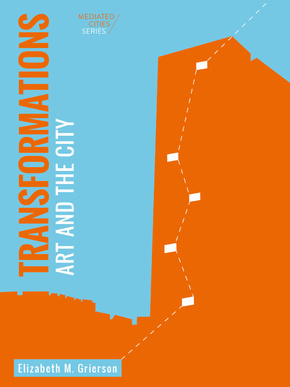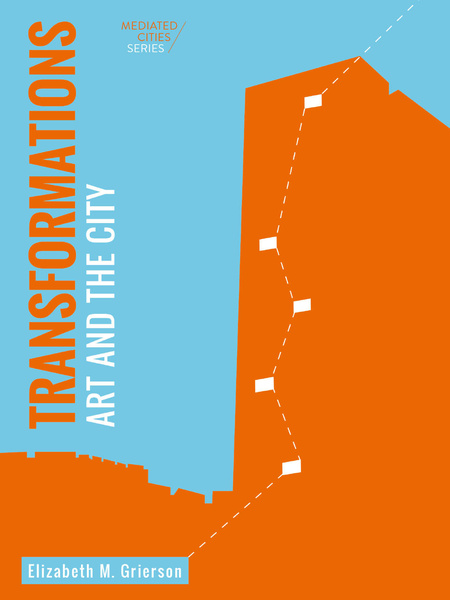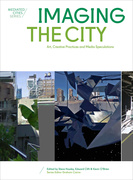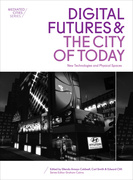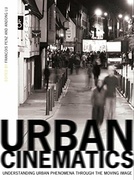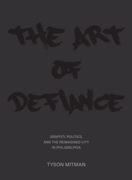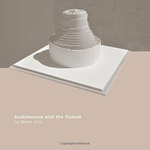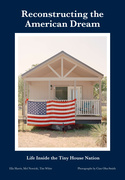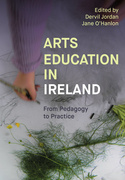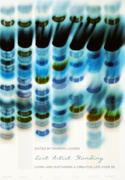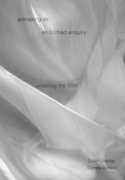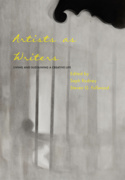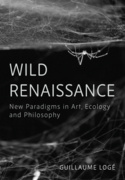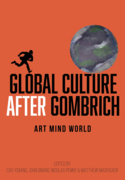Transformations (Book)
Art and the City
Transformations explores the interactions between people and their urban surroundings through site-specific art and creative practices, tracing the ways people shape their cities. This collection also investigates the politics and democratization of space through an examination of art, education, justice and the role of the citizen in the city.
Edition
Critically challenging the notion of cities as hegemonic spaces, Transformations: Art and the City explores interactions between the human subject and their urban surroundings through site-specific art and creative practices, tracing the ways in which Chapters include case-studies raging from corporate- and public-funded art in Sydney; creative exchanges in Cambodia; politically-engaged enterprise art in the USA; affordable housing models in Australia; street-art under surveillance in Melbourne; and community memorial in post-disaster New Zealand, amongst others. People live, imagine and shape their cities. Drawing on the work of artists globally, from Cambodia to Australia, New Zealand to the USA, this edited collection investigates the politics and democratization of space through an examination of art, education, justice, and the role of the citizen in the city. The writers critically and poetically engage with the temporality and genealogies of public spaces, and ask: how do we reconcile artistic practices with an urbanism driven by globalization and capital? And is there room for aesthetic practices in urban discourse? This collection explores how creative practices can work in tandem with ever-changing urban technologies and ecologies to both disrupt and shape urban public spaces, democratization of space through an examination of art, education, justice and the role of the citizen in the city.
Elizabeth M. Grierson is professor of art and philosophy at RMIT University, Australia, and editor of the academic journal ACCESS: Critical Perspectives on Communications, Cultural & Policy Studies. She is a Life Fellow of the Royal Society of Arts in the United Kingdom and an adjunct professor at Auckland University of Technology, New Zealand. She is also an Australian Legal Practitioner, Barrister, and Solicitor of the High Court of New Zealand.
Mapped City
William Cartwright
Maggie McCormick
Jodi Newcombe
Contested City
Fiona Hillary and Geoff Hogg
Pedagogical City
Jane Rendell
Elizabeth M. Grierson
Kirsten Locke and Sarah Yates
Temporal City
Anthony McInneny
Ashley Perry
Barbara Garrie
Creative City
Kristen Sharp
Tammy Wong Hulbert
Nicholas Lyon Gresson
'This wide-ranging collection of essays is the fruit of a symposium held at RMIT University in Melbourne, Australia, in 2014. Artists, media professionals, and specialists in public policy, law, business, science, cartography, geography, and many other fields convened to ask: How can we understand the contemporary city “through an aesthetic lens—and what possibilities exist for transformative action?” Topics range from art projects intended to revitalize city neighborhoods to artistic interventions in the justice system to artists as recorders and archivists of urban realities.'

